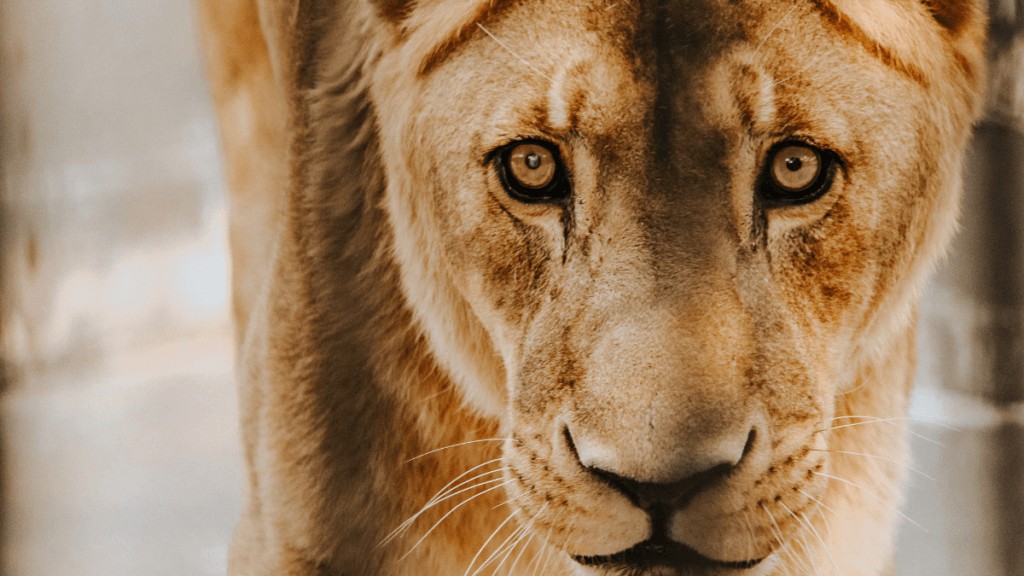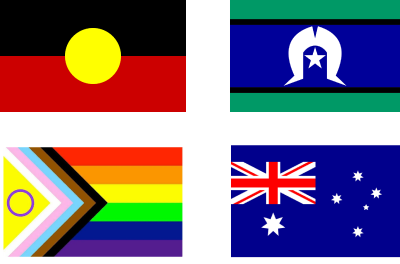
Written by Selina P
Content note: Fear, masking and social anxiety.
To lose myself in a role is to succeed… at least for a little while.
Each mask is a facet of the person I wish I was. From the day my parents first voiced their disappointment (and many such days were to follow), a lifelong mission was born – with shame its abundant fuel – to become someone else. But there is a cost to wearing another skin.
I would like to take you backstage for a special tour of one particularly heinous mask – the one called “courage”. (It hangs next to “resilience” which will need its own tour.)
This mask is a warrior. It rushes headlong into battle without fear, or even better, despite fear. It laughs in the face of pain. It is disdainful of cowardice and timidity, and it lives by the mantra “act first, think later”. It is arrogant. It makes me say “yes” when inside I am screaming “no”. It says to my children “Be brave – like me!”
What the mask tries desperately to obscure is the quivering mess of fear and anxiety underneath. My cautious and sensitive nature is taken for cowardice and weakness and I unquestioningly internalise this truth. After all, how will I survive in this competitive world if I always hold back?
The antidote to cowardice? Toughen up, face your fears, conquer them, don’t let fear rule your life, fake it ‘til you make it. And later it became “CBT that shit, rationalise it away, and if that doesn’t work, exposure therapy it, baby”. Every time I force myself to ignore and invalidate my fears, to white-knuckle and to close my eyes and step off the cliff, I am one step closer to becoming one with the mask. Right?
If I’m socially anxious, talk to strangers. If I’m scared of heights, skydive. If I hate speed, ride a motorbike (and crash it). If I’m terrified of being alone, buy a plane ticket. Scared of pain? Birth naturally. “See, that wasn’t so bad was it?” Never mind that it was, and a part of me cringes knowing I am gaslighting myself. My body is littered with physical scars that give substance to my “courage”. I tell their stories and bask in the shield of this desperate narrative. I have yet to count the mental scars – the beauty of those is they keep on giving.
I lived in fear of it slipping and in fear of the next test. The more afraid I became, the more shame I felt and the harder I worked to prove myself. There was nowhere safe to turn – certainly not inwards.
Boundaries existed to be bulldozed. Fear was always accompanied by shame. And I continued to march myself towards wholly unnecessary trauma and yet another cycle of burnout. The mask had become my master; I had become my own greatest threat.
When I started to see it reflected back to me in my oldest child – this cautious and sensitive way of moving through the world – it was deeply confronting and impossible to accept. When he started to fear school, we talked to him about thoughts, feelings, and actions. We drew a picture of the brain, read him kids’ books about the amygdala and why it can be overactive. I told him about cavemen running from lions and how humans have managed to build safe places for ourselves but our brains haven’t caught up. How we need to ignore our amygdala when it is telling us things that aren’t true. “Be brave”, we said to him over and over. “Being brave is being afraid but doing it anyway.” His confused response was always “But why do I have to?”
One day, as we neared the school gate and once again he began to hold back and visibly tense up, I knelt down and said, “Don’t you see? There are no lions here. It’s your amygdala tricking you.” And my child who never speaks about his feelings, replied, “But Mama, I see lions everywhere”.
Who am I to tell someone else their fears are illegitimate? Who am I to deem them irrational? None of us experiences the world the same way as any other.
My pain tolerance is lower than average, my threat response more easily activated, my sensory system more reactive, and yes it means sometimes I miss out in a world that does not accommodate such sensitivities. To feel fear and do it anyway – is that bravery or is it stupidity? Surely it is okay to slow down and think rather than speed up and do when one is faced with the prospect of danger and pain?
Just like my son, I prefer to watch and understand before I participate. Just like him, I prefer to weigh risk carefully and look for alternate solutions. My fearfulness and risk aversion is an intrinsic, value-neutral part of who I am.
My son’s adamant refusal to mask, to engage in this pretence, gave me a precious gift.
I want to model for my kids a different way of interacting with fear. To practice listening to my amygdala, to soothe it but never invalidate it, because it sees risks that are very much real to me, even if they seem irrational to someone else.
To say “no” without shame. To push my boundaries only when I am ready and at my own pace. Don a mask if I must, not with a whip in my hand but with kindness and thoughtfulness, with intention and autonomy, knowing it is a temporary measure to help me achieve more meaning and authenticity in my life, not merely to prove something or because I “should”.
I don’t tell my kids to be brave anymore. What I want to say instead is what I wish had been said to me: that it is okay to be afraid, that your fears are valid and rational. I might not see your lions but I understand that they are there and just how terrifying they are. It is okay to hold back. I will do my best to help you feel safe, even if sometimes there are no easy solutions. And should you choose to wear a mask, let it not be born of shame but from free will and for a meaningful purpose. Should you choose to walk into the unknown unmasked, your fears on full display, know that I will always be there for you. With me you will always find safe harbour.

The Reframing Autism team would like to acknowledge the Traditional Owners of the lands on which we have the privilege to learn, work, and grow. Whilst we gather on many different parts of this Country, the RA team walk on the land of the Amangu, Awabakal, Bindjareb, Birpai, Whadjak, Wiradjuri and Yugambeh peoples.
We are committed to honouring the rich culture of the Aboriginal and Torres Strait Islander peoples of this Country, and the diversity and learning opportunities with which they provide us. We extend our gratitude and respect to all Aboriginal and Torres Strait Islander peoples, and to all Elders past and present, for their wisdom, their resilience, and for helping this Country to heal.